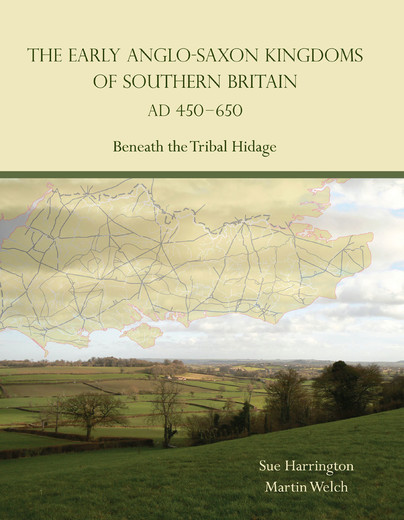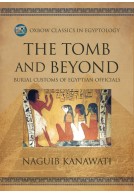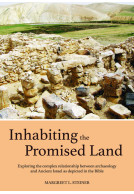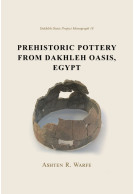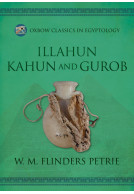The Early Anglo-Saxon Kingdoms of Southern Britain AD 450-650 (Hardback)
Beneath the Tribal Hidage
Imprint: Oxbow Books
Pages: 240
Illustrations: b/w and col. illustrations
ISBN: 9781782976127
Published: 4th June 2014
Script Academic & Professional
Pages: 240
Illustrations: b/w and col. illustrations
ISBN: 9781782976127
Published: 4th June 2014
Script Academic & Professional
You'll be £60.00 closer to your next £10.00 credit when you purchase The Early Anglo-Saxon Kingdoms of Southern Britain AD 450-650. What's this?
+£4.99 UK Delivery or free UK delivery if order is over £40
(click here for international delivery rates)
Need a currency converter? Check XE.com for live rates
(click here for international delivery rates)
Need a currency converter? Check XE.com for live rates
The Tribal Hidage, attributed to the 7th century, records the named groups and polities of early Anglo-Saxon England and the taxation tribute due from their lands and surpluses. Whilst providing some indication of relative wealth and its distribution, rather little can be deduced from the Hidage concerning the underlying economic and social realities of the communities documented. Sue Harrington and the late Martin Welch have adopted a new approach to these issues, based on archaeological information from 12,000 burials and 28,000 objects of the period AD 450–650. The nature, distribution and spatial relationships of settlement and burial evidence are examined over time against a background of the productive capabilities of the environment in which they are set, the availability of raw materials, evidence for metalworking and other industrial/craft activities, and communication and trade routes. This has enabled the identification of central areas of wealth that influenced places around them. Key within this period was the influence of the Franks who may have driven economic exploitation by building on the pre-existing Roman infrastructure of the south-east. Frankish material culture was as widespread as that of the Kentish people, whose wealth is evident in many well-furnished graves, but more nuanced approaches to wealth distribution are apparent further to the West, perhaps due to ongoing interaction with communities who maintained an essentially ‘Romano-British’ way of life.
Other titles in Oxbow Books...







